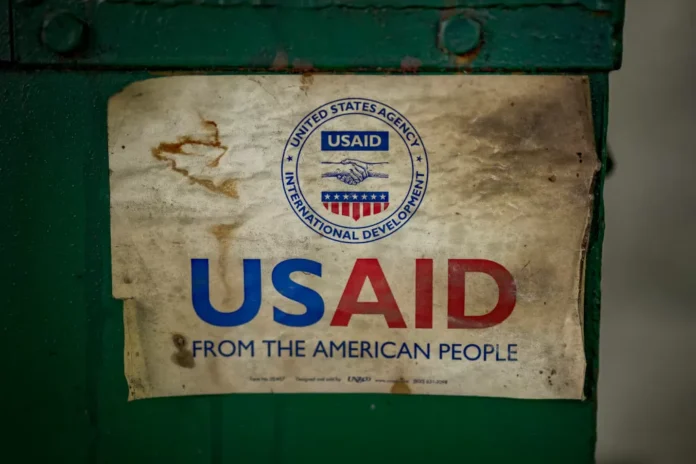The Trump Administration’s Cuts: A Call to Reevaluate Aid
The recent budget proposal by the Trump Administration has caused quite a stir, with many expressing concern over the proposed cuts to various programs and services. While it is true that these cuts will have dire consequences for many, it is important that we also take a step back and examine the real downsides of aid.
First and foremost, it is important to acknowledge that aid can often create a dependency on outside assistance. While it may provide temporary relief, it can also hinder the development of self-sufficiency and self-reliance. This is not to say that aid is not necessary in certain situations, but it should not be the only solution.
Furthermore, aid can also perpetuate a cycle of poverty. In some cases, aid can lead to the displacement of local businesses and industries, as they are unable to compete with the free goods and services provided by aid organizations. This can have long-term negative effects on the economy and the livelihoods of those in the community.
In addition, aid can also be used as a political tool, with some countries using it to gain influence and control over others. This can lead to unequal power dynamics and can ultimately harm the very people that aid is meant to help.
It is also important to consider the effectiveness of aid. While it may seem like a quick fix, aid can often be mismanaged and misused, resulting in little to no impact on the intended recipients. This is not to say that all aid is ineffective, but it is crucial to evaluate and monitor its impact to ensure that it is truly making a positive difference.
So, while the proposed cuts by the Trump Administration may have negative consequences, it is also an opportunity for us to reevaluate the way we approach aid. We must shift our focus from simply providing aid to promoting sustainable development and empowering individuals and communities.
One way to do this is through investing in education and skills training. By equipping individuals with the necessary knowledge and skills, we can help them break out of the cycle of poverty and become self-sufficient. This not only benefits the individual, but also the community and the economy as a whole.
Another approach is to support local businesses and industries. Instead of flooding a community with free goods, we can work with local entrepreneurs and help them grow their businesses. This not only creates jobs and boosts the economy, but also empowers individuals to take control of their own lives.
Moreover, we must also address the root causes of poverty and inequality. This includes addressing issues such as corruption, unequal distribution of resources, and lack of access to basic services. By tackling these underlying issues, we can create a more sustainable and equitable society.
In conclusion, while the Trump Administration’s proposed cuts may have negative consequences, it is also an opportunity for us to rethink and reevaluate the way we approach aid. We must move away from simply providing temporary relief and instead focus on promoting sustainable development and empowering individuals and communities. Let us use this as a chance to create real and lasting change, rather than relying solely on aid as a band-aid solution.

